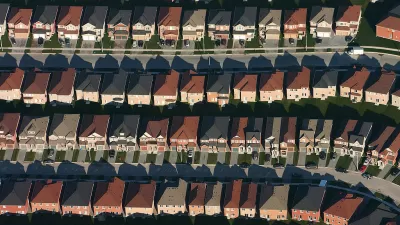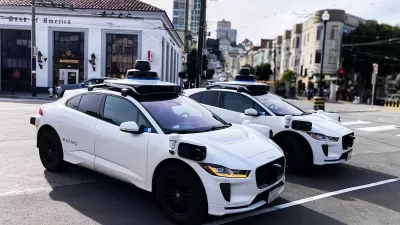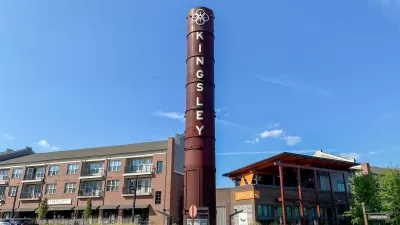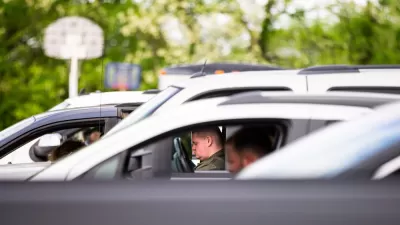Low-density suburbs are on their way out, and the suburbs of the future will better address the present-day needs of the people living in them.

Duo Dickinson considers suburbia’s past and the changes on the horizon. "Life in suburbia requires a car for almost every adult residing in each home, who drives to work, drives to shop, and drives to find entertainment or meet up with friends. And yet this is seen as the 'norm' by most Americans."
The growth of suburbia was fueled largely by the expansion of the highway system and automobile use, notes Dickinson. But now low-density suburban developments are not accommodating more recent social and cultural shifts and the increasing need for affordable housing.
Density is the new norm, says Dickinson, where land use and development are more sustainable, transit is accessible, and people can afford to buy homes. "The old suburban zoning almost willfully separated 'home' from every other aspect of life: working, shopping, entertainment. It is an anachronism. The future of suburbia is shifting to a place that might end up returning us to the 19th century model: fewer cars, more buildings and people per acre."
FULL STORY: The Invented Reality of Suburbia Is Not the Norm

Alabama: Trump Terminates Settlements for Black Communities Harmed By Raw Sewage
Trump deemed the landmark civil rights agreement “illegal DEI and environmental justice policy.”

Study: Maui’s Plan to Convert Vacation Rentals to Long-Term Housing Could Cause Nearly $1 Billion Economic Loss
The plan would reduce visitor accommodation by 25% resulting in 1,900 jobs lost.

Why Should We Subsidize Public Transportation?
Many public transit agencies face financial stress due to rising costs, declining fare revenue, and declining subsidies. Transit advocates must provide a strong business case for increasing public transit funding.

Wind Energy on the Rise Despite Federal Policy Reversal
The Trump administration is revoking federal support for renewable energy, but demand for new projects continues unabated.

Passengers Flock to Caltrain After Electrification
The new electric trains are running faster and more reliably, leading to strong ridership growth on the Bay Area rail system.

Texas Churches Rally Behind ‘Yes in God’s Back Yard’ Legislation
Religious leaders want the state to reduce zoning regulations to streamline leasing church-owned land to housing developers.
Urban Design for Planners 1: Software Tools
This six-course series explores essential urban design concepts using open source software and equips planners with the tools they need to participate fully in the urban design process.
Planning for Universal Design
Learn the tools for implementing Universal Design in planning regulations.
Caltrans
Smith Gee Studio
Institute for Housing and Urban Development Studies (IHS)
City of Grandview
Harvard GSD Executive Education
Toledo-Lucas County Plan Commissions
Salt Lake City
NYU Wagner Graduate School of Public Service





























